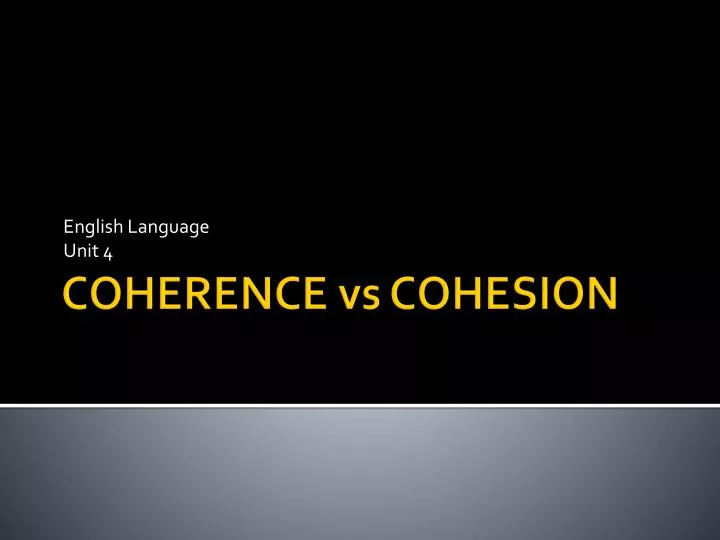


This "bipolar" nature of water molecules gives water its cohesive nature, and thus, its stickiness and clumpability (maybe "dropability" is a better term?). Thus when the positive side on one water molecule comes near the negative side of another water molecule, they attract each other and form a bond. In a water molecule, the two hydrogen atoms align themselves along one side of the oxygen atom, with the result being that the oxygen side has a partial negative charge and the side with the hydrogen atoms has a partial positive charge. Molecular layout of liquid water molecules Opposite magnetic poles attract one another much like positively charged atoms attract negatively charged atoms in water molecules. If you've played with bar magnets you will know that the north pole of one magnet will repel the north pole of another magnet, but it will attract the south pole of another magnet. More precisely, the positive and negative charges of the hydrogen and oxygen atoms that make up water molecules makes them attracted to each other. Water is sticky and clumps together into drops because of its cohesive properties, but chemistry and electricity are involved at a more detailed level to make this possible. Water is highly cohesive-it is the highest of the non-metallic liquids.

Sources/Usage: Some content may have restrictions. Although you may have heard of a "skin" where water meets the air, this is not really an accurate description, as there is nothing other than water in the drop. On Earth, the effect of gravity flattens this ideal sphere into the drop shape we see. For water, this state happens when a water molecule is surrounded on all sides by other water molecules, which creates a sphere or ball (perfectly round if it was in outer space). The natural form of a water drop occurs during the "lowest energy state", the state where the atoms in the molecule are using the least amount of energy. It turns out that this surface tension is the result of the tendency of water molecules to attract one another. If you just look at the picture of the water drop sitting of the leaf, you might think the water drop has a "skin" holding it into a sort of flattened sphere (although there is nothing flat about a water drop in outer space). To ensure your writing is cohesive, consider using the old-new principle, where sentences begin with old information and end with new information. Adhesion and cohesion are winning the battle so far, as the drops are sticking to the pine needles. Sentences should logically fit together in writing, connecting one idea to the next. Gravity is working against both adhesion and cohesion, trying to pull the water drop downward. Also noticeable in this picture is the effect that gravity has on the water drops. In the picture of pine needles above, the water droplets are stuck to the end of the pine needles-an example of the property of adhesion. Schmidt, National Park ServiceĪ water drop is composed of water molecules that like to stick together-an example of the property of cohesion. The theoretical core of this book argues that the cognitive principles that explain why humans "sense" unity in a succession of sounds (a whole musical piece) or in a configuration of visual shapes (a complete object) are the basis of principles which explain why we "sense" unity in oral, written, and electronically produced documents.Sources/Usage: Public Domain. This volume uses Gestalt theory to provide general principles for predicting one aspect of coherence - that of continuity - across the entire range of discourse elements, and also to outline the relationship between cohesion and coherence. On the other hand, psychological approaches to discourse comprehension have considered the impact of a wider range of discourse elements - typographical cuing of key terms to enhance comprehension - but have failed to provide general theoretical explanations for such observations. One quick way to assess the coherence of a piece of writing is to read it and see if you can understand. In other words, if the reader can easily move from one sentence to the other or from one paragraph to the next, the work is then coherent. In addition, linguistic approaches have met with criticism because they have failed to explain the relationship between semantic cohesive elements and coherence. Coherence is achieved when it is easy for the reader to follow the ideas and sentences in your writing. They have also overlooked the non-linguistic elements - visual factors such as typography or color, and auditory components such as pitch or duration. Unfortunately, linguistic approaches to discourse unity have focused exclusively on semantic elements such as synonymy or anaphora, and have ignored other linguistic elements such as syntactic parallelism and phonological alliteration. Theories of cohesion from linguistics and of comprehension in psychology are likely sources of such general principles. There is a need for general theoretical principles describing/explaining effective design - those which demonstrate "unity" and enhance comprehension and usability.


 0 kommentar(er)
0 kommentar(er)
